We describe here the functional implications of an increase in IgG binding to the neonatal Fc receptor We have defined in a systematic fashion the relationship between enhanced FcRn binding of a humanized antirespiratory sincytial virus (RSV) monoclonal antibody (MEDI524) and the corresponding biological consequences in cynomolgus monkeys The triple mutationHere, we identify the neonatal Fc receptor (FcRn) as a panechovirus receptor We show that loss of expression of FcRn or its binding partner beta 2 microglobulin (β2M) renders cells resistant to infection by a panel of echoviruses at the stage of virus attachment, and that a blocking antibody to β2M inhibits echovirus infection in cell lines and in primary human intestinal epithelial cells11/27/13 · The neonatal Fc receptor (FcRn) mediates immunoglobulin G (IgG) transport across polarized epithelial barriers (7, 8) It was discovered as the receptor in the neonatal intestine that transports IgG in breast milk from mother to offspring

A Comprehensive Review Of The Neonatal Fc Receptor And Its Application In Drug Delivery Sciencedirect
Neonatal fc receptor antagonist
Neonatal fc receptor antagonist-8/30/15 · It has now been 50 years since the remarkable foresight by FWR Brambell, who put forth the hypothesis that there exists a specific receptor responsible for the salvage of IgG from catabolism, eventually identified as the neonatal Fc receptor (FcRn)11/21/13 · Lu L, Palaniyandi S, Zeng R, Bai Y, Liu X, et al (11) A neonatal Fc receptortargeted mucosal vaccine strategy effectively induces HIV1 antigenspecific immunity to genital infection J Virol 85 – View Article Google Scholar 44
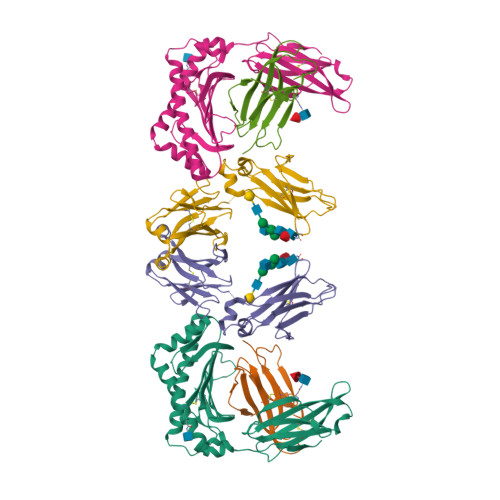


Rcsb Pdb 1frt Crystal Structure Of The Complex Of Rat Neonatal Fc Receptor With Fc
Neonatal Fc receptor, human Add neonatal Fc receptor Add neonatal Fc receptor, mouse Add neonatal Fc receptors Add receptor, Fc neonatal Add Pharm Action Registry Number TW3XAW0RCY CAS Type 1 Name NLM Classification # Previous Indexing See Also Consider Also Public MeSH Note Online Note History Note Entry Combination Heading Mapped toNeonatal Fc receptor binds IgG at acidic pH of (11/30/16 · Fluorescent and radio conjugates of 11B6, an antibody targeting free hK2, are internalized and noninvasively report AR pathway activity in metastatic and genetically engineered models of cancer development and treatment Uptake is mediated by a mechanism involving the neonatal Fc receptor
Here, we found that human neonatal Fc receptor (FcRn) is the uncoating receptor for major EVB FcRn binds to the virus particles in the "canyon" through its FCGRT subunitFront Immunol, 10 July 19Annotation score1 out of 5 The annotation score provides a heuristic measure of the annotation content of a UniProtKB entry or proteome This score cannot be used as a measure of the accuracy of the annotation as we cannot define the 'correct annotation' for any given protein
1/23/ · Hence, novel safe and more effective treatments are urgently needed Due to its' physiological functions, the neonatal Fc receptor (FcRn) has emerged as a potential therapeutic target for pemphigus and pemphigoid, primarily because IgG is protected from proteolysis after uptake into endothelial cells10//16 · The neonatal Fc receptor (FcRn) plays a crucial role in transporting IgG and associated antigens across polarized epithelial barriers in mucosal immunity However, it was not clear that FcRn expression in aggregated lymphoid nodules area (ALNA) in abomasum, a unique and important mucosal immune structure discovered only in Bactrian camels In the present study, 27Abstract The neonatal Fc receptor for IgG (FcRn) has been well characterized in the transfer of passive humoral immunity from a mother to her fetus In addition, throughout life, FcRn protects IgG from degradation, thereby explaining the long halflife of this class of antibody in the serum



Rcsb Pdb 1frt Crystal Structure Of The Complex Of Rat Neonatal Fc Receptor With Fc



Selection Of Nanobodies That Target Human Neonatal Fc Receptor Topic Of Research Paper In Biological Sciences Download Scholarly Article Pdf And Read For Free On Cyberleninka Open Science Hub
(17) Structural basis for pHinsensitive inhibition of immunoglobulin G recycling by an antineonatal Fc receptor antibody J Biol Chem , 292 (42)9 línur · 3/23/19 · These properties are due to a unique receptor, the neonatal Fc receptor (FcRn) Although FcRn is7/10/19 · Among the atypical FcγRs, the neonatal Fc receptor (FcRn) has increasingly gained notoriety given its intimate influence on IgG biology and its ability to also bind to albumin
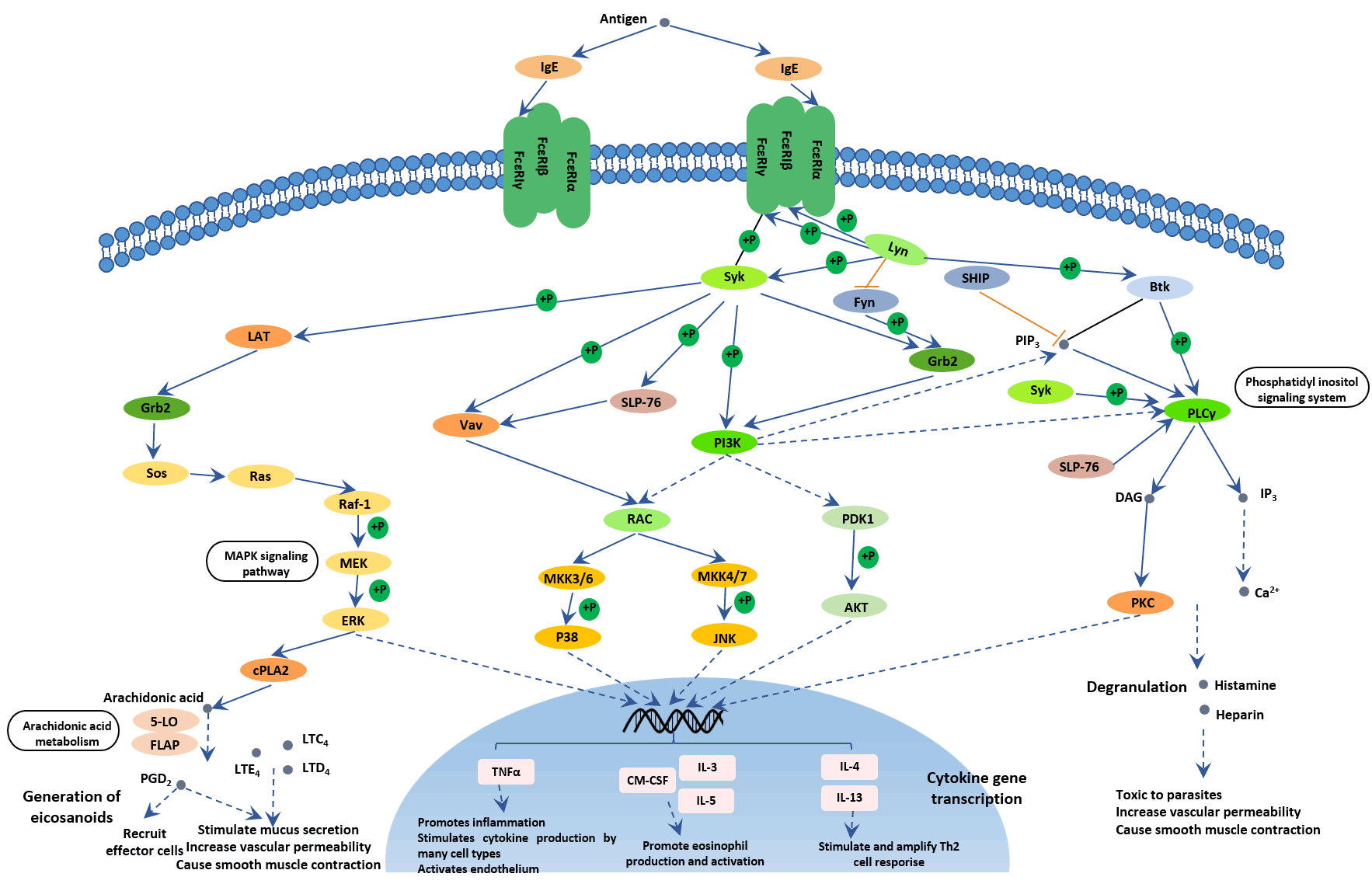


The Overview Of Fc Receptors Classification Related Signaling Pathways And Application Cusabio
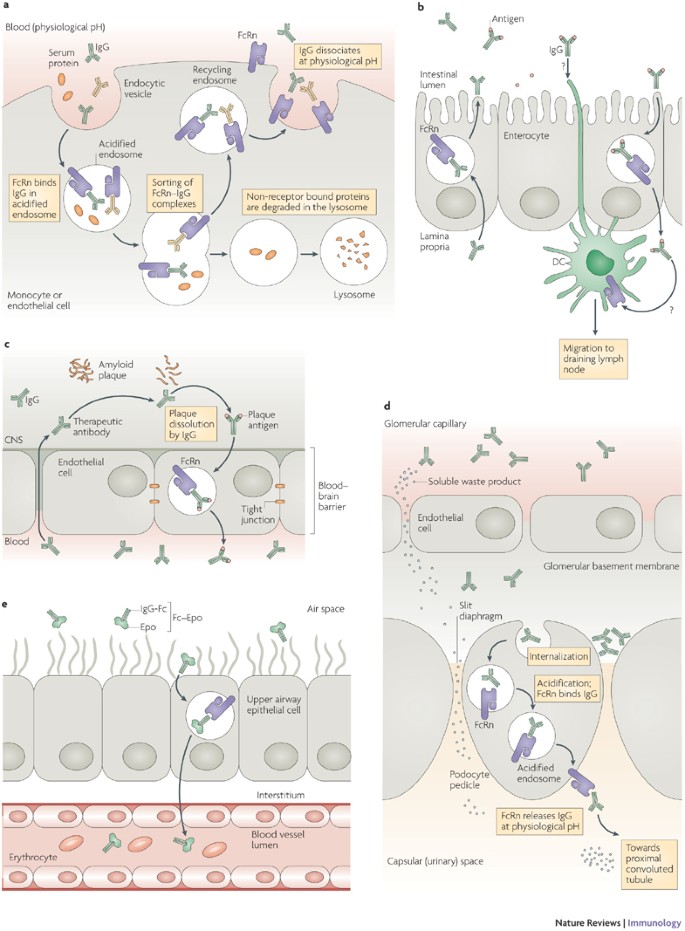


Fcrn The Neonatal Fc Receptor Comes Of Age Nature Reviews Immunology
8/26/19 · A Minimal Physiologically‐Based Pharmacokinetic Model Demonstrates Role of the Neonatal Fc Receptor (FcRn) Competition in Drug–Disease Interactions With Antibody Therapy Hussein M Abdallah Takeda Pharmaceutical Company Limited, Cambridge, Massachusetts, USA Search for more papers by this author(FcRn, IgG receptor FcRn large subunit p51, Brambell receptor)An Fc receptor which is similar in structure to the MHC class I molecule and also associates wiThe neonatal Fc receptor (FCRN) is an approximately 45 kDa transmembrane glycoprotein with structural homology to MHC class I proteins It is widely expressed in endothelial and epithelial cells and plays an important role in IgG homeostasis and antigen presentation by dendritic cells (1, 2)



A Comprehensive Review Of The Neonatal Fc Receptor And Its Application In Drug Delivery Sciencedirect
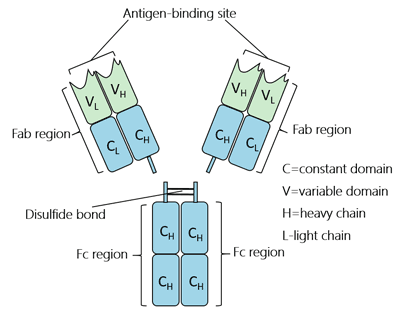


The Overview Of Fc Receptors Classification Related Signaling Pathways And Application Cusabio
12/7/17 · Introduction The neonatal Fc receptor, FcRn is ubiquitously expressed, & is responsible for maintaining the halflife of IgG & albumin, by rescuing these proteins from intracellular lysosomal degradation Blockade of the interaction of FcRn with IgG would be expected to prevent salvage of both nonpathogenic and pathogenic IgGThe neonatal Fc receptor (FcRn) transports immunoglobulin G (IgG) across epithelia, binding IgG in acidic vesicles (pH or = 65) and releasing IgG in the blood at pH 74Wellordered FcRn/Fc crystals are prevented by the formation of "oligomeric ribbons" of FcRn dimers bridged by Fc homodimers, thus we crystallized a 11 complex between rat FcRn and a heterodimeric Fc containing only oneModeling approach to investigate the effect of neonatal Fc receptor binding affinity and antitherapeutic antibody on the pharmacokinetic of humanized monoclonal antitumor necrosis factorα IgG antibody in cynomolgus monkey European Journal of



Critical Role Of The Neonatal Fc Receptor Fcrn In The Pathogenic Action Of Antimitochondrial Autoantibodies Synergizing With Anti Desmoglein Autoantibodies In Pemphigus Vulgaris Journal Of Biological Chemistry



The Neonatal Fc Receptor Of Igg Fcrn Is Well Characterised For The Download Scientific Diagram
7/24/18 · Targeting the neonatal Fc receptor (FcRn) presents an innovative and potentially more effective, safer, and more convenient alternative for clearing pathogenic IgGs METHODS A randomized, doubleblind, placebocontrolled firstinhuman study was conducted in 62 healthy volunteers to explore single and multiple ascending intravenous doses of the FcRn antagonist8/11/ · Over the past decade, numerous mAbs against neoplastic and infectious diseases that are currently in the clinic or in clinical testing have been engineered to exhibit altered FcγR and neonatal FcNeonatal Fc receptor expression is upregulated by proinflammatory cytokine, TNFα, and downregulated by IFNγ FcRn is expressed on antigenpresenting lymphocytes like dendritic cells and is also expressed in neutrophils to help clear opsonized bacteria
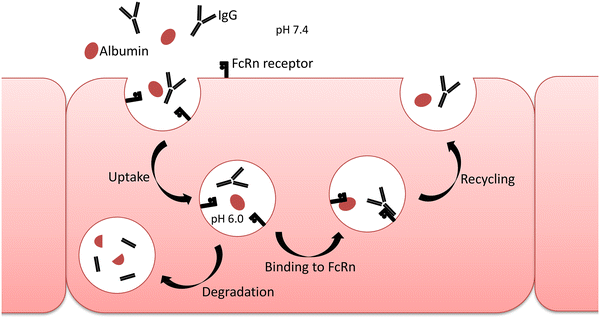


Figure 4 Clinical Pharmacokinetic And Pharmacodynamic Considerations In The Treatment Of Ulcerative Colitis Springerlink



Targeting The Neonatal Fc Receptor For Antigen Delivery Using Engineered Fc Fragments The Journal Of Immunology
Neonatal Fc Receptor Immunoglobulin–Fc Receptor Interactions Brian J Sutton, The neonatal Fc receptor closely resembles a class I Molecular Immunology Shunsuke Kita, Katsumi Maenaka, in Encyclopedia of Immunobiology, 16 The neonatal Fc receptor Fc Receptors in Mucosal ImmunologyIntroduction It was F W Rogers Brambell who first proposed the idea of a fragment crystallizable (Fc) receptor system FcRn Structure and Binding of Ligands As an atypical FcγR, FcRn is structurally related to MHCI molecules with a 40 CellularSentences for Neonatal Fc receptor It is the only antibody isotype that has receptors to facilitate passage through the human placenta, thereby providing protection to the fetus in utero Immunoglobulin GWikipedia CD16 is the type III Fcγ receptor CD16Wikipedia This will create an
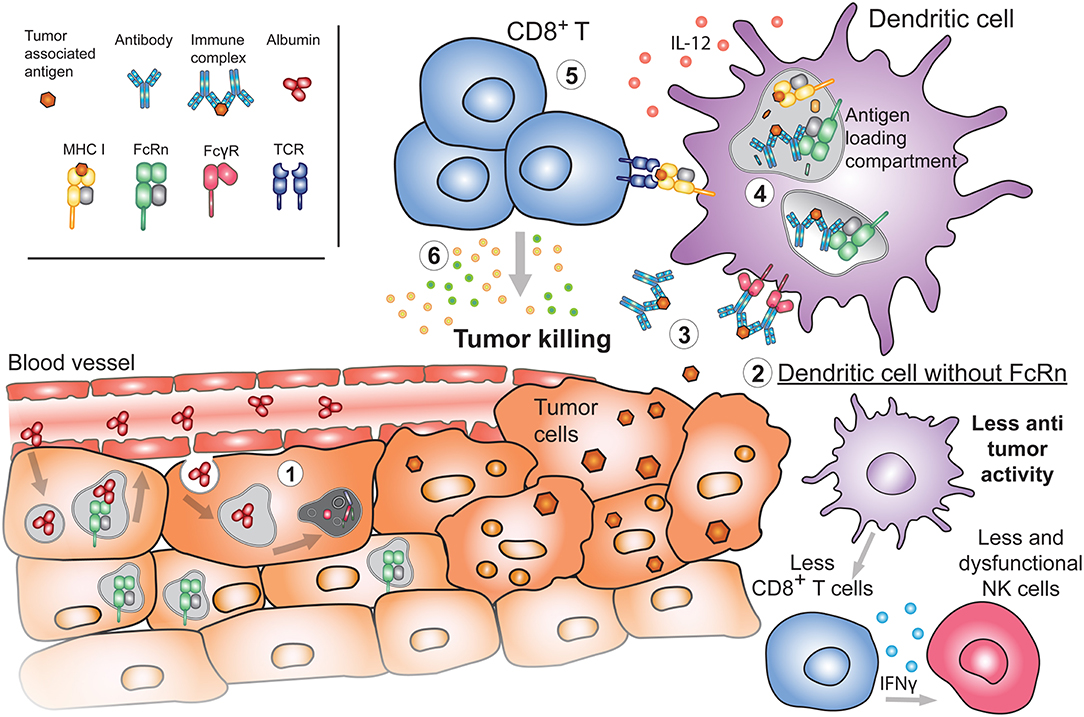


Frontiers The Neonatal Fc Receptor Fcrn A Misnomer Immunology



Protein Text Antibody Immunoglobulin G Fc Receptor Beta2 Microglobulin Cell Neonatal Fc Receptor Human Protein Antibody Immunoglobulin G Png Pngwing
10/1/10 · The neonatal Fc receptor (FcRn), also known as the Brambell receptor and encoded by Fcgrt, is a MHC class I like molecule that functions to protect IgG and albumin from catabolism, mediates transport of IgG across epithelial cells, and is involved in antigen presentation by professional antigen presenting cellsIts function is evident in early life in the transport of IgGExpression of the neonatal Fc receptor, FcRn, on human intestinal epithelial cells Maternal IgG is transferred to the suckling mouse and rat through a major histocompatibility complex (MHC) class Irelated Fc receptor (FcRn) on the brush border of the proximal small intestine3/9/10 · The neonatal Fc receptor (FcRn) is a major factor regulating the serum levels of IgG antibodies While FcRnmediated halflife extension is beneficial for IgG antibody responses against pathogens, it also prolongs the serum halflife of IgG autoantibodies and thus promotes tissue damage in autoimmune diseases In the present review article, we
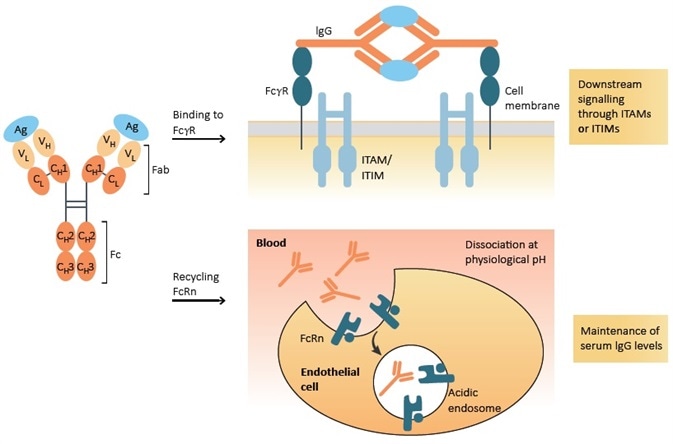


Key Features Of Spr Verified Fc Receptor Proteins



Intracellular Neutralization Of Viral Infection In Polarized Epithelial Cells By Neonatal Fc Receptor Fcrn Mediated Igg Transport Pnas
The Neonatal Fc Receptor (FcRn) A Misnomer?Ogy, injection route, neonatal Fc receptor (FcRn) binding3 As a receptor of immunoglobulin G (IgG) molecules, the FcRn is responsible for the transfer of IgGs from a mother to the fetus 4,5 In addition, FcRn protects IgGs from degradation and increases the serum halflife, and in consequence also the serum con8/17/07 · The neonatal Fc receptor for IgG (FcRn) is responsible for the transfer of passive humoral immunity from the mother to the newborn in rodents and humans Throughout life, FcRn contributes to


Mouse Neonatal Fc Receptor Fcrn Elisa Kit Innovative Research


Regarding Fc Receptors Ab Biosciences
9/18/ · ☑ The neonatal Fc receptor (FcRn)–mediated recycling target‐mediated drug disposition (TMDD) model for HL2351, which characterized both target‐mediated disposition and FcRn‐mediated recycling, and a TMDD model for anakinra, in humans, was developed in this study HL2351 dosage regimen that mimicked the therapeutic actions of anakinraHier bindet IgG in den Endosomen an den neonatalen FcRezeptor und gelangt durch Transzytose zur fetalen Seite des Synzytiotrophoblasten Dort wird es in den fetalen Blutkreislauf abgegeben und bildet die Grundlage des Nestschutzes 5 Quellen ↑ Michal Pyzik et al The Neonatal Fc Receptor (FcRn) A Misnomer?Inhibition of the neonatal Fc receptor (FcRn) is currently being explored as a novel treatment approach for myasthenia gravis (MG), a disease in which immunoglobulin G (IgG) autoantibodies form against acetylcholine receptors (AChRs), musclespecific kinase (MuSK), and lipoproteinrelated protein 4 (LRP4) 1,2



Fcrn The Neonatal Fc Receptor Comes Of Age Researchgate



Expressions Of Nuclear Factor Kappa B Nf Kb Neonatal Fc Receptor Download Scientific Diagram
We investigated if a variable number of tandem repeats (VNTR) polymorphism in the neonatal Fcreceptor (FcRn), responsible for extending halflife of IgG, influences antiTNF concentrations in patients with IBDThe neonatal Fc receptor (also FcRn, IgG receptor FcRn large subunit p51, or Brambell receptor) is a protein that in humans is encoded by the FCGRT gene 1 2 3It is an Fc receptor which is similar in structure to the MHC class I molecule and also associates with beta2microglobulin 4 Further studies revealed a similar receptor in humans, leading to the naming as a neonatal Fc receptorThisarises from IgG interactio n with the neonatalFc receptor, FcRn
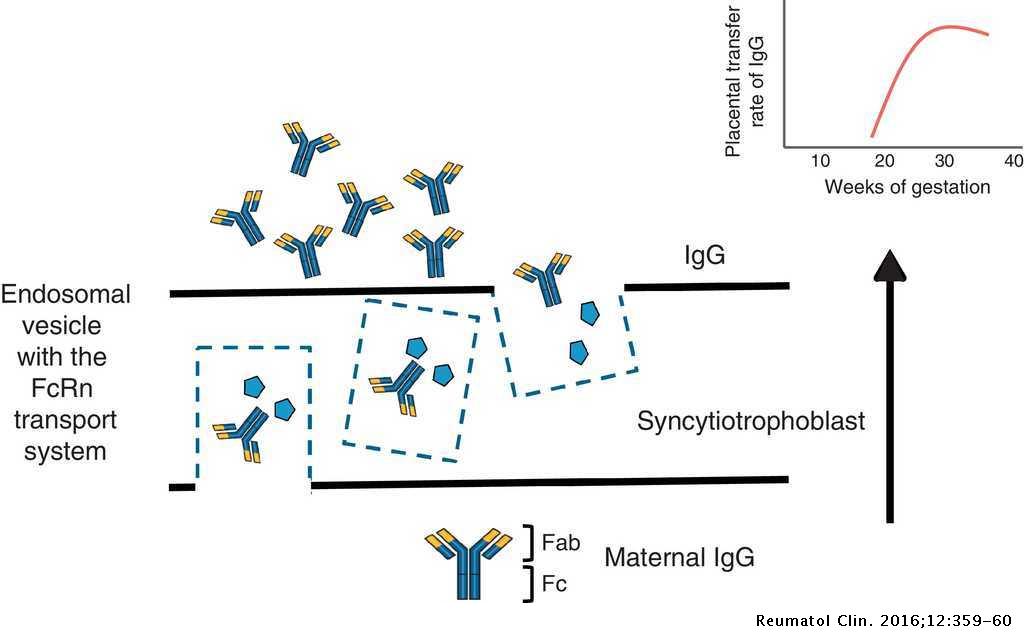


Treatment With Monoclonal Antibodies And Pregnancy In Women With Systemic Inflammatory Diseases A Special Situation Reumatologia Clinica



Targeting The Neonatal Fc Receptor In Myasthenia Gravis
Importantly, IgG is transported from mother to fetus or newborn, and furthermore, has an unusual long halflife of three weeks in humans Both features are solely due to its interaction with a cellular receptor named the neonatal Fc receptor (FcRn), also known as the Brambell receptor FcRn resides within endosomal compartmentsThe neonatal Fc receptor, FcRn, is expressed in human placental syncytiotrophoblast, capillary endothelium, intestinal epithelium, and other tissues By analogy with its role in the mouse, human FcRn is expected to transport maternal IgG to the foetus, and protect circulating IgG fromThe neonatal IgG‐Fc receptor (FcRn) is a heterodimeric protein, whose existence was hypothesized way before its formal biochemical identification 1, 2 Brambell, who was the first to suggest its existence, initially thought that IgG and albumin salvage and recycling could each depend on distinct mechanisms, which is not the case
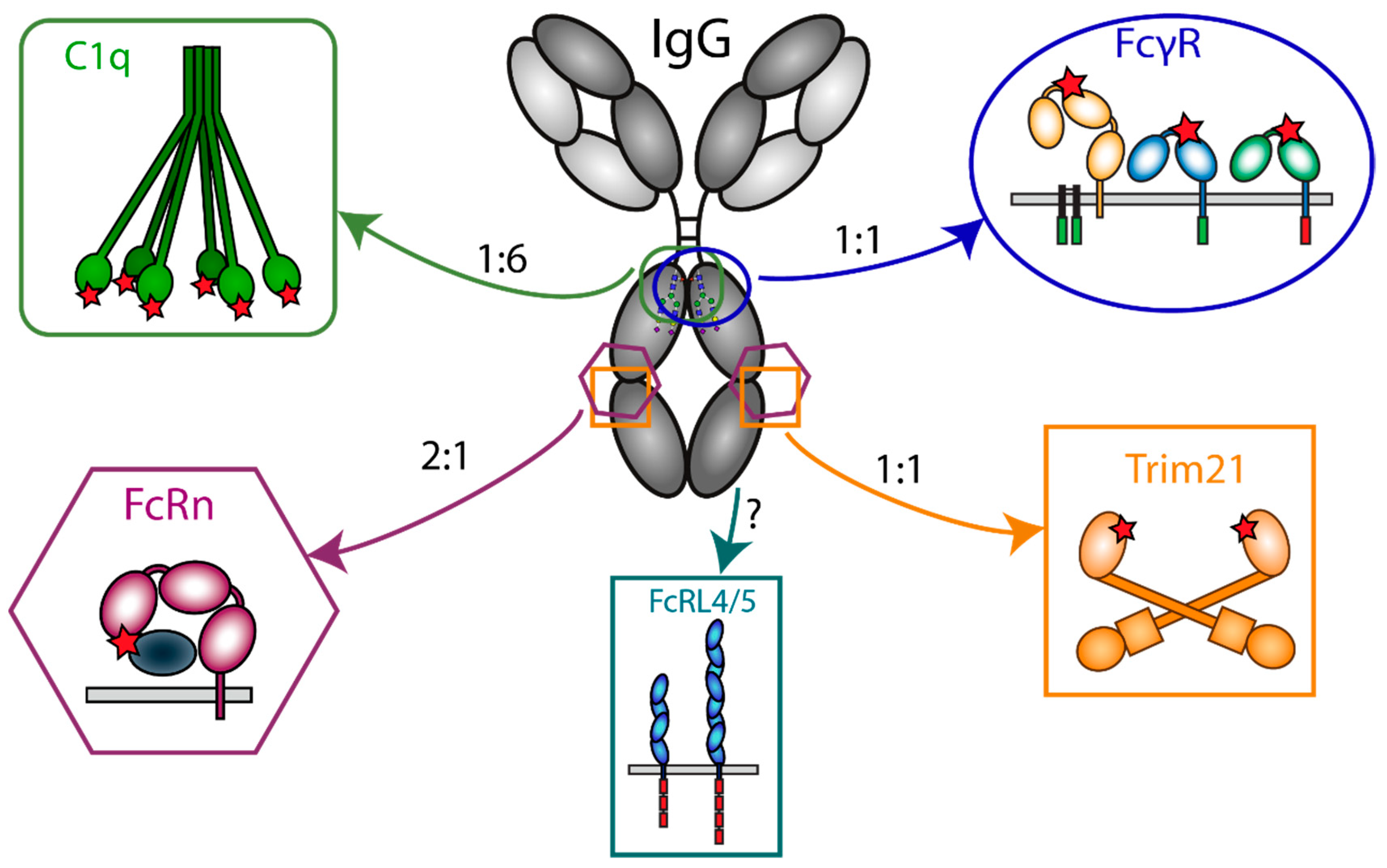


Antibodies Free Full Text The Ligands For Human Igg And Their Effector Functions Html


Plos One Characterization Of The Interactions Of Rabbit Neonatal Fc Receptor Fcrn With Rabbit And Human Igg Isotypes
Targeting the neonatal Fc receptor (FcRn) presents an innovative and potentially more effective, safer, and more convenient alternative for clearing pathogenic IgGs Methods A randomized, doubleblind, placebocontrolled firstinhuman study was conducted in 62 healthy volunteers to explore single and multiple ascending intravenous doses of the FcRn antagonist efgartigimod5/21/18 · The soluble extracellular domain of neonatal Fc receptor (FcRn ECD, PDB code 1EXU) is a heterodimer composed of β2m (green) and αchain (blue) with a cavity at the interface between the two proteins FcRn is involved in the regulation of HSA (orange) and IgG (red) levelsCell surface receptor that transfers passive humoral immunity from the mother to the newborn Binds to the Fc region of monomeric immunoglobulin gamma and mediates its selective uptake from milk (PubMed) IgG in the milk is bound at the apical surface of the intestinal epithelium The resultant FcRnIgG complexes are transcytosed across the intestinal epithelium and IgG is



Pdf Serum Albumin And Its Interaction With The Neonatal Fc Receptor Fcrn Characterization Of The Albumin Fcrn Binding Mechanism Semantic Scholar



Ewqg8aaabvo3sm
The neonatal Fc receptor (FcRn) mediates the transcytosis of maternal immunoglobulin G (IgG) across fetal and/or neonatal tissues for the acquisition of passive immunity In adults, FcRn is involved in the maintenance of high serum IgG levels Both processes are mediated by pHdependent IgG binding to FcRnFcRn binds to IgG with nanomolar


Plos Biology Insight Into Small Molecule Binding To The Neonatal Fc Receptor By X Ray Crystallography And 100 Khz Magic Angle Spinning Nmr



Other Antibody Interactions Absolute Antibody



Proposed Role Of The The Neonatal Fc Receptor For Igg Fcrn In The Download Scientific Diagram



Transcytosis And Recycling Of Iggs In The Nasal Mucosa Mediated By The Download Scientific Diagram
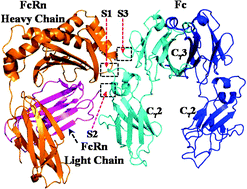


Binding Structures And Energies Of The Human Neonatal Fc Receptor With Human Fc And Its Mutants By Molecular Modeling And Dynamics Simulations Molecular Biosystems Rsc Publishing



Alexion To Acquire Syntimmune For Antibody Therapeutics Targeting The Neonatal Fc Receptor Fcrn Pharmashots



Radiolabeled Igg Antibodies Impact Of Various Labels On Neonatal Fc Receptor Binding Edelmann 19 Journal Of Labelled Compounds And Radiopharmaceuticals Wiley Online Library
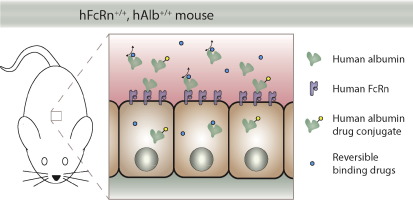


Generation Of A Double Transgenic Humanized Neonatal Fc Receptor Fcrn Albumin Mouse To Study The Pharmacokinetics Of Albumin Linked Drugs Journal Of Controlled Release X Mol



The Neonatal Fc Receptor Fcrn As A Target For Drug Delivery And Therapy Sciencedirect



Jci Neonatal Fc Receptor For Igg Regulates Mucosal Immune Responses To Luminal Bacteria



Intracranial Antitumor Responses Of Nivolumab And Ipilimumab A Pharmacodynamic And Pharmacokinetic Perspective A Scoping Systematic Review Bmc Cancer Full Text
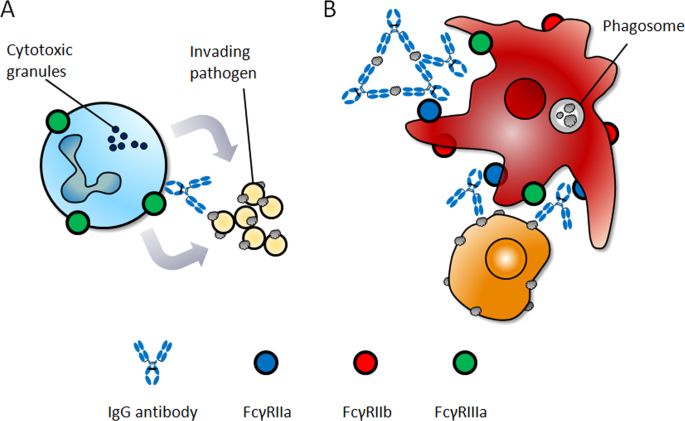


Boosting Therapeutic Potency Of Antibodies By Taming Fc Domain Functions Experimental Molecular Medicine
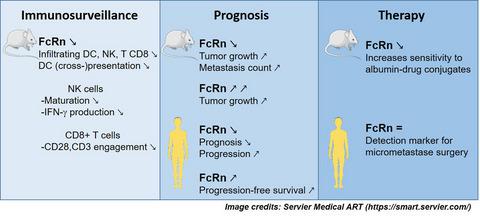


The Neonatal Fc Receptor In Cancer Fcrn In Cancer Cancer Medicine X Mol


Plos One Robust Expression Of The Human Neonatal Fc Receptor In A Truncated Soluble Form And As A Full Length Membrane Bound Protein In Fusion With Egfp



A Two Pronged Binding Mechanism Of Igg To The Neonatal Fc Receptor Controls Complex Stability And Igg Serum Half Life Molecular Cellular Proteomics



Figure 3 From Fcrn The Neonatal Fc Receptor Comes Of Age Semantic Scholar
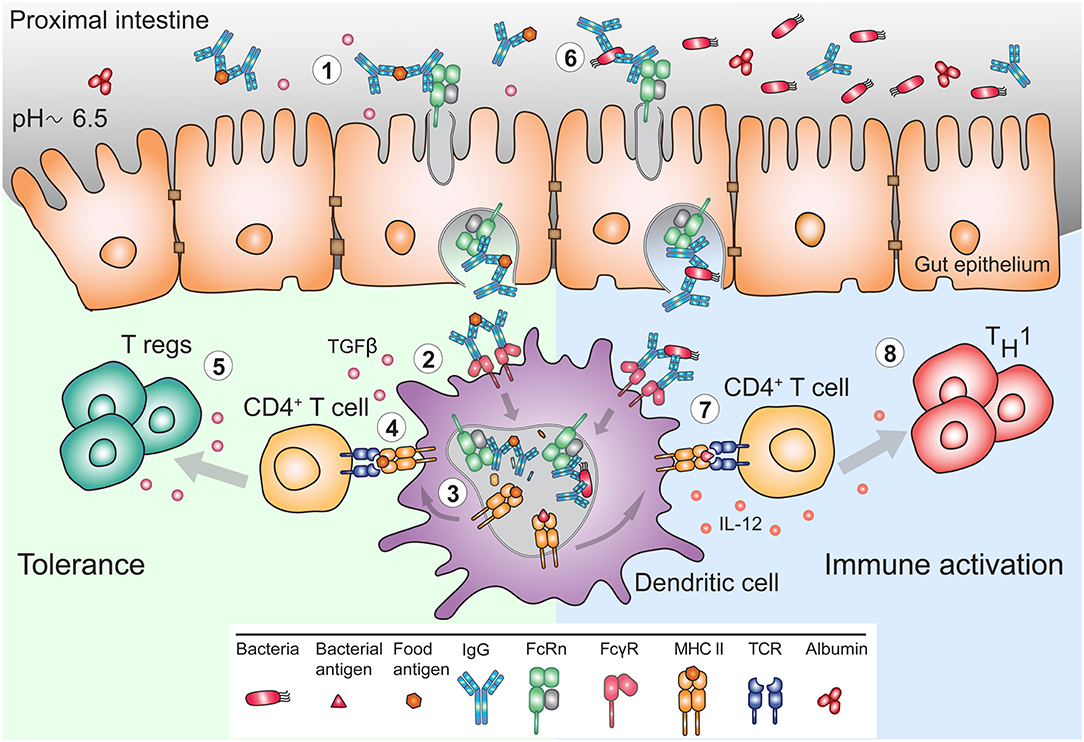


Frontiers The Neonatal Fc Receptor Fcrn A Misnomer Immunology
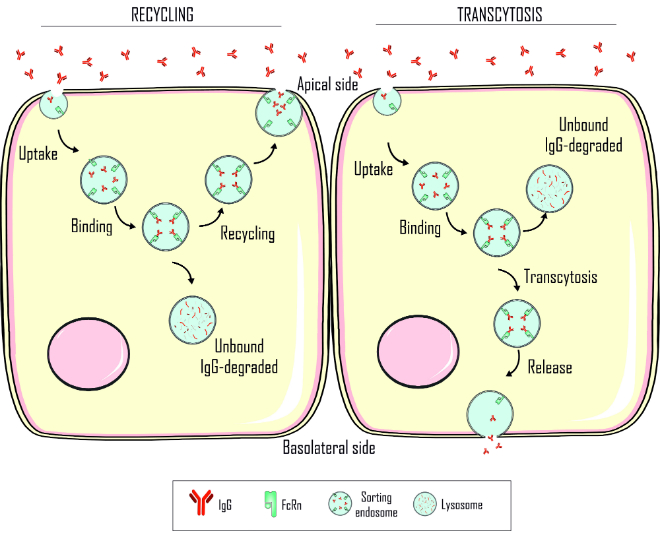


Recent Publications A Comprehensive Review Of The Neonatal Fc Receptor And Its Application In Drug Delivery Www Ineb Up Pt



Neonatal Fc Receptor In Human Immunity Function And Role In Therapeutic Intervention Journal Of Allergy And Clinical Immunology


Wild Type Mouse Soluble Neonatal Fc Receptor Inven2biologics



Figure 4 From The Neonatal Fc Receptor Fcrn A Misnomer Semantic Scholar



Fc Receptor Sino Biological



Jci Fc Receptors In Immune Thrombocytopenias A Target For Immunomodulation



Targeting The Neonatal Fc Receptor Fcrn For The Treatment Of Pathogenic Igg Antibody Diseases Anthony M Manning Phd May Pdf Free Download



A Schematic Illustration Of Neonatal Fc Receptor Mediated Half Life Download Scientific Diagram



The Neonatal Fc Receptor Fcrn As A Target For Drug Delivery And Therapy Sciencedirect



The Neonatal Fc Receptor Key To Homeostasic Control Of Igg And Igg Related Biopharmaceuticals Baldwin 19 American Journal Of Transplantation Wiley Online Library



Expression Of The Neonatal Fc Receptor In Placental Fetal Endothelium And In Cells Of The Placental Immune System Sciencedirect
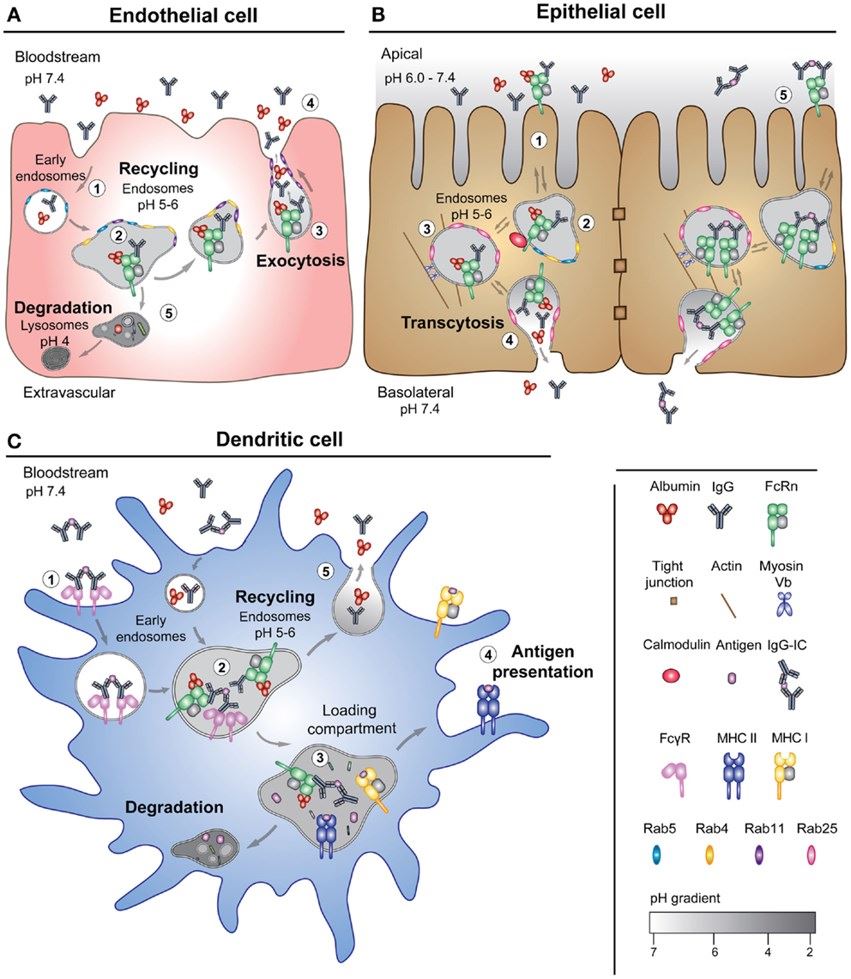


Fcrn Binding Assay Creative Biolabs



Dissection Of The Neonatal Fc Receptor Fcrn Albumin Interface Using Mutagenesis And Anti Fcrn Albumin Blocking Antibodies Journal Of Biological Chemistry



The Neonatal Fc Receptor Fcrn As A Target For Drug Delivery And Therapy Abstract Europe Pmc



Neonatal Fc Receptor In Human Immunity Function And Role In Therapeutic Intervention Journal Of Allergy And Clinical Immunology


Neonatal Fc Receptor Binding Tolerance Toward The Covalent Conjugation Of Payloads To Cysteine 34 Of Human Albumin Variants Precision Polymerics
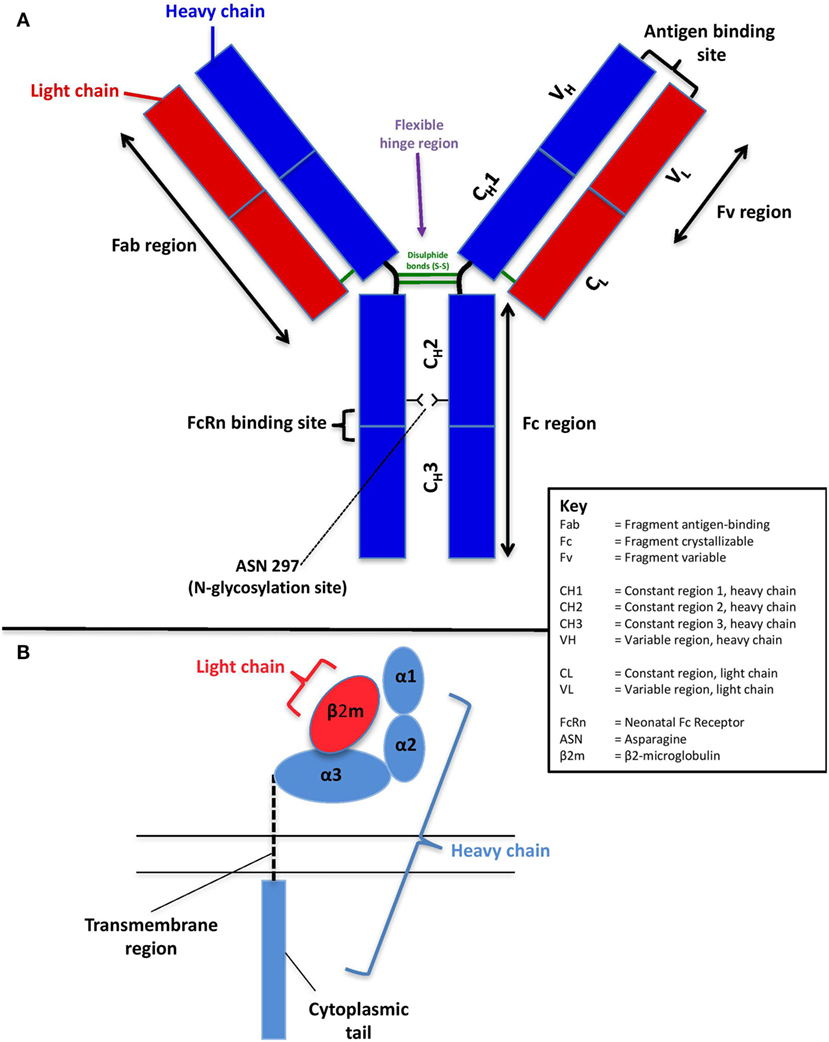


Frontiers Factors Affecting The Fcrn Mediated Transplacental Transfer Of Antibodies And Implications For Vaccination In Pregnancy Immunology



Figure 2 From The Neonatal Fc Receptor Fcrn A Misnomer Semantic Scholar



The Neonatal Fc Receptor Fcrn As A Target For Drug Delivery And Therapy Abstract Europe Pmc



Knockout Of The Neonatal Fc Receptor In Cultured Podocytes Alters Il 6 Signaling And The Actin Cytoskeleton American Journal Of Physiology Cell Physiology



Neonatal Fc Receptor In Human Immunity Function And Role In Therapeutic Intervention Journal Of Allergy And Clinical Immunology
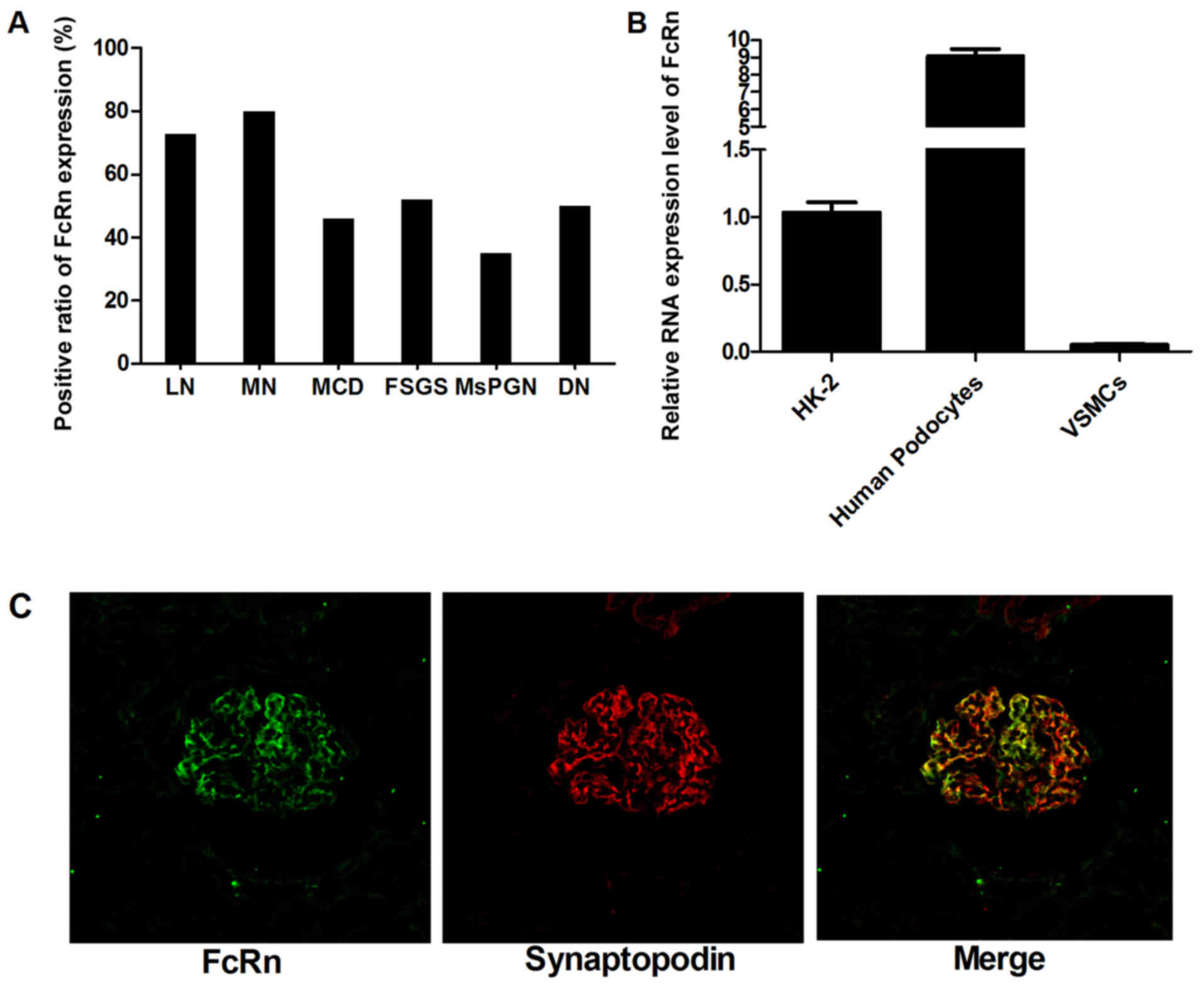


Albumin Based Nanoparticles As Methylprednisolone Carriers For Targeted Delivery Towards The Neonatal Fc Receptor In Glomerular Podocytes



Extending Serum Half Life Of Albumin By Engineering Neonatal Fc Receptor Fcrn Binding Journal Of Biological Chemistry



Neonatal Fc Receptor English Medical Terminology For Medical Students Youtube



Transepithelial Transport Of Fc Targeted Nanoparticles By The Neonatal Fc Receptor For Oral Delivery Science Translational Medicine



Expression Of The Neonatal Fc Receptor In Placental Fetal Endothelium And In Cells Of The Placental Immune System
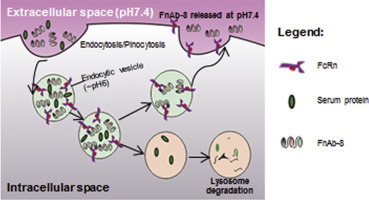


Single Chain Antibody Fragments With Ph Dependent Binding To Fcrn Enabled Prolonged Circulation Of Therapeutic Peptide In Vivo Journal Of Controlled Release X Mol



Immunoglobulin Resorption By The Neonatal Fc Receptor Fcrn In Mucosal Download Scientific Diagram



Fmp Berlin Small Molecule Binding To The Neonatal Fc Receptor



The Neonatal Fc Receptor Fcrn As A Target For Drug Delivery And Therapy Abstract Europe Pmc



Fc Engineering Of Human Igg1 For Altered Binding To The Neonatal Fc Receptor Affects Fc Effector Functions Topic Of Research Paper In Biological Sciences Download Scholarly Article Pdf And Read For



Rcsb Pdb 3fru Neonatal Fc Receptor Ph 6 5
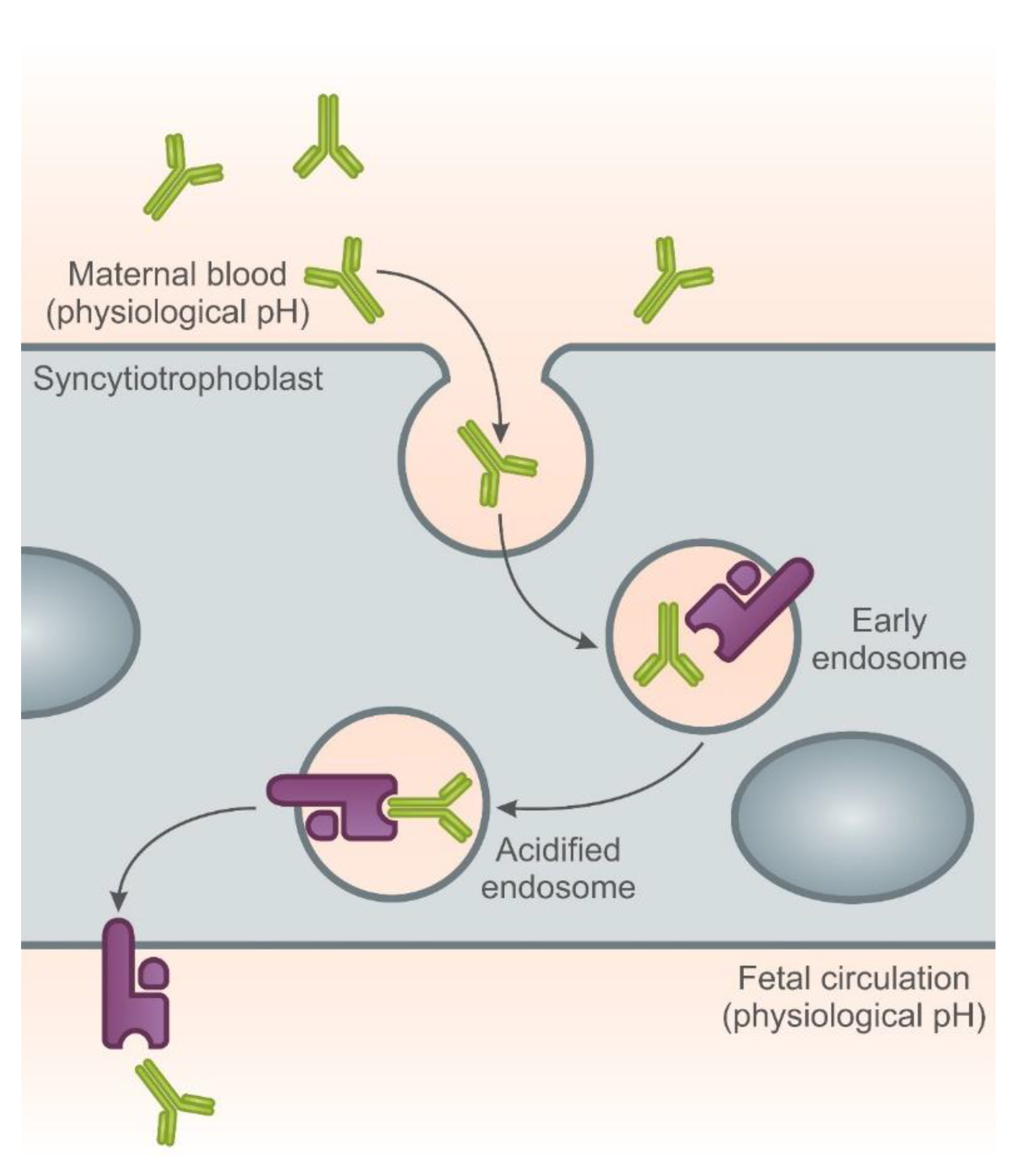


Ijms Free Full Text The Role Of Tnf A And Anti Tnf A Agents During Preconception Pregnancy And Breastfeeding Html
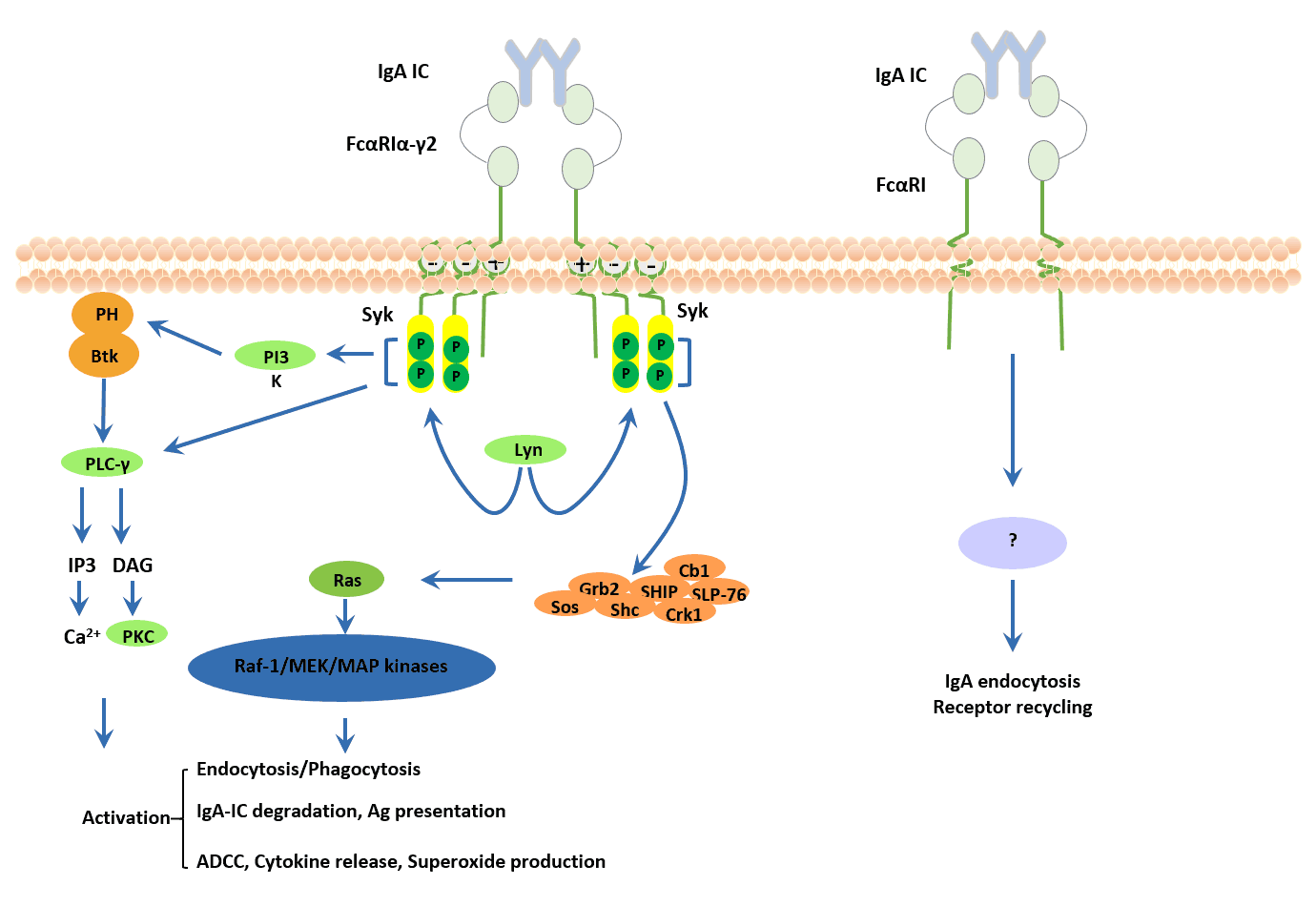


The Overview Of Fc Receptors Classification Related Signaling Pathways And Application Cusabio
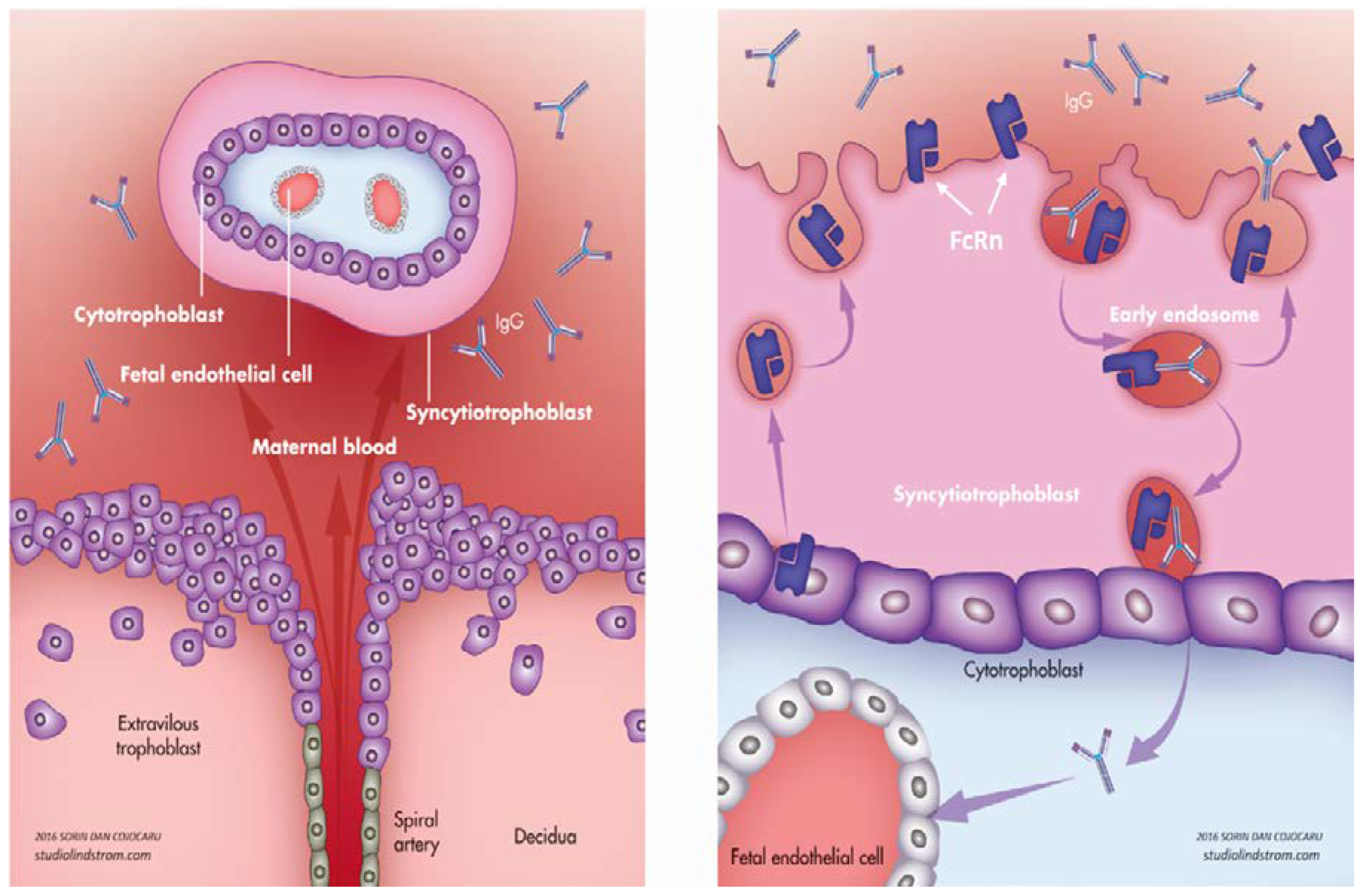


Diagnostics Free Full Text Benefits And Risks Of Igg Transplacental Transfer Html



The Neonatal Fc Receptor Key To Homeostasic Control Of Igg And Igg Related Biopharmaceuticals Baldwin 19 American Journal Of Transplantation Wiley Online Library



Direct Demonstration Of A Neonatal Fc Receptor Fcrn Driven Endosomal Sorting Pathway For Cellular Recycling Of Albumin Journal Of Biological Chemistry
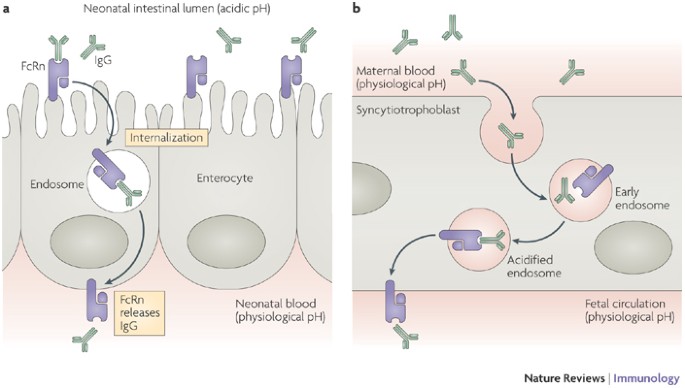


Fcrn The Neonatal Fc Receptor Comes Of Age Nature Reviews Immunology



Neonatal Fc Receptor An Overview Sciencedirect Topics
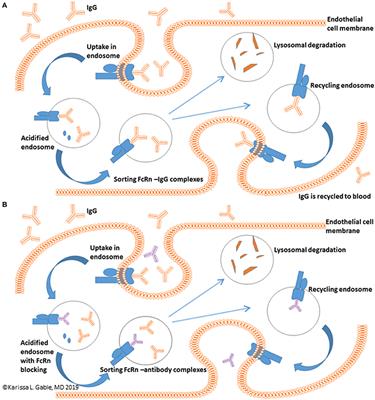


Frontiers Antagonism Of The Neonatal Fc Receptor As An Emerging Treatment For Myasthenia Gravis Immunology



Extending Half Life By Indirect Targeting Of The Neonatal Fc Receptor Fcrn Using A Minimal Albumin Binding Domain Journal Of Biological Chemistry



Maldi Tof Mass Spectrometry To Map Disulfide Formation In A Recombinant Human Neonatal Fc Receptor Refolded In Vitro Study Of Protein Conformation By Ms Ppt Download
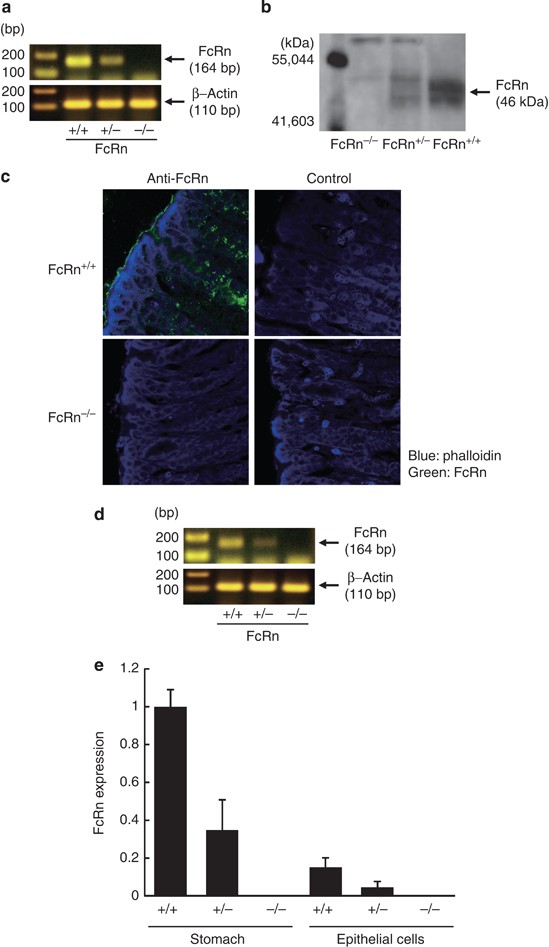


Neonatal Fc Receptor For Igg Fcrn Expressed In The Gastric Epithelium Regulates Bacterial Infection In Mice Mucosal Immunology



The Neonatal Fc Receptor Fcrn As A Target For Drug Delivery And Therapy Abstract Europe Pmc



Internalization Of Secreted Antigen Targeted Antibodies By The Neonatal Fc Receptor For Precision Imaging Of The Androgen Receptor Axis Science Translational Medicine



Fc Receptor Wikipedia



Interaction Of Plant Produced Antibodies With Neonatal Fc Receptor Ppt Download



Neonatal Fc Receptor Wikipedia Republished Wiki 2



Investigating The Interaction Between The Neonatal Fc Receptor And Monoclonal Antibody Variants By Hydrogen Deuterium Exchange Mass Spectrometry Molecular Cellular Proteomics



Quantification Of Neonatal Fc Receptor And Beta 2 Microglobulin In Human Liver Tissues By Ultraperformance Liquid Chromatography Multiple Reaction Monitoring Based Targeted Quantitative Proteomics For Applications In Biotherapeutic Physiologically



Neonatal Fc Receptor An Overview Sciencedirect Topics



Fcrn The Architect Behind The Immune And Nonimmune Functions Of Igg And Albumin The Journal Of Immunology



Knockout Of The Neonatal Fc Receptor In Cultured Podocytes Alters Il 6 Signaling And The Actin Cytoskeleton American Journal Of Physiology Cell Physiology
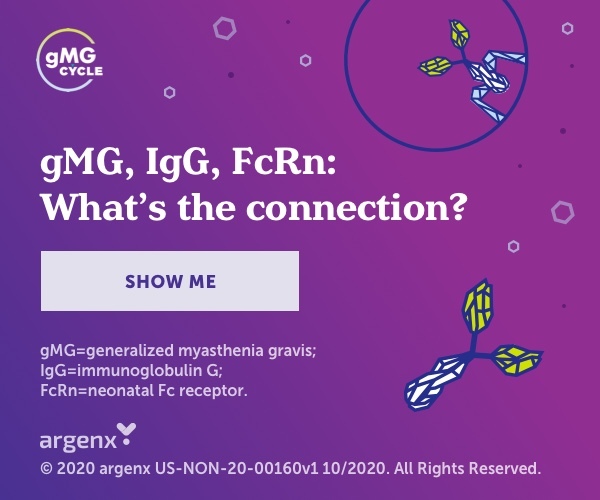


Fcrn A Critical Role In Gmg Focuson Neurology



Knockout Of The Neonatal Fc Receptor In Cultured Podocytes Alters Il 6 Signaling And The Actin Cytoskeleton American Journal Of Physiology Cell Physiology



Fcrn Receptor Neonatal Antibody Treatment Page 1 Line 17qq Com



Neonatal Fc Receptor Service By Immunitrack Aps Labs Explorer



0 件のコメント:
コメントを投稿